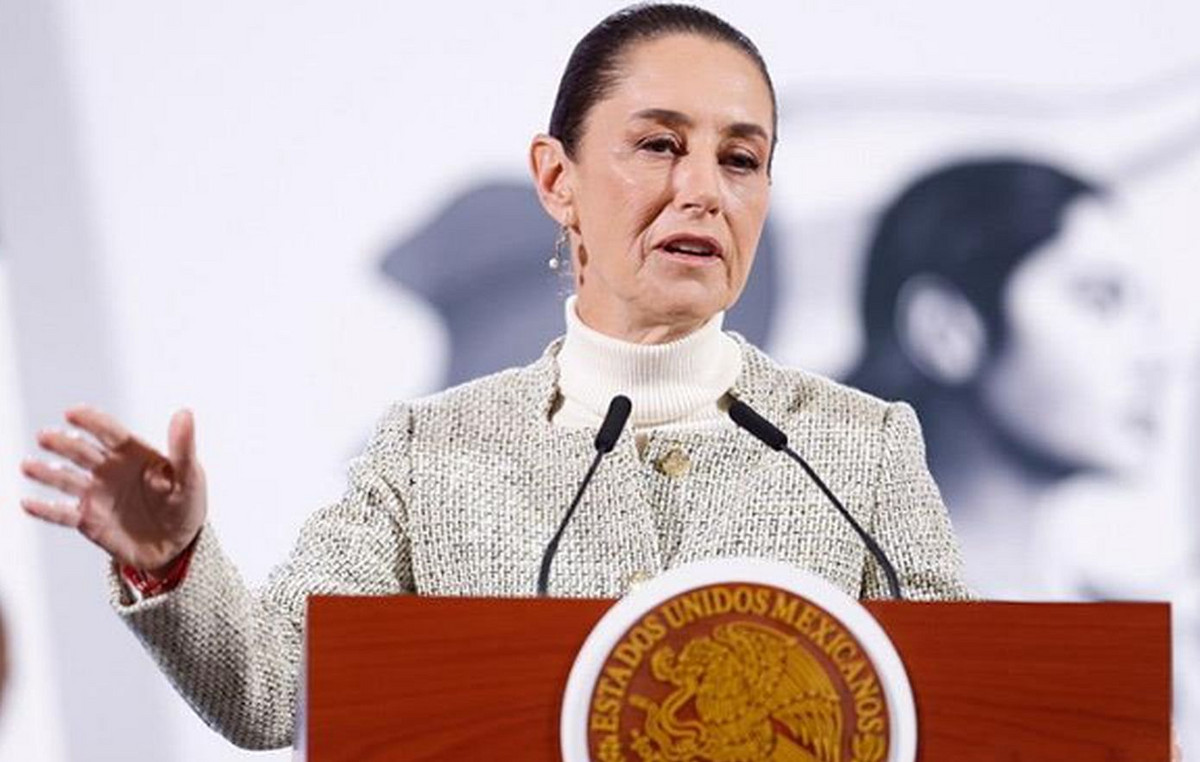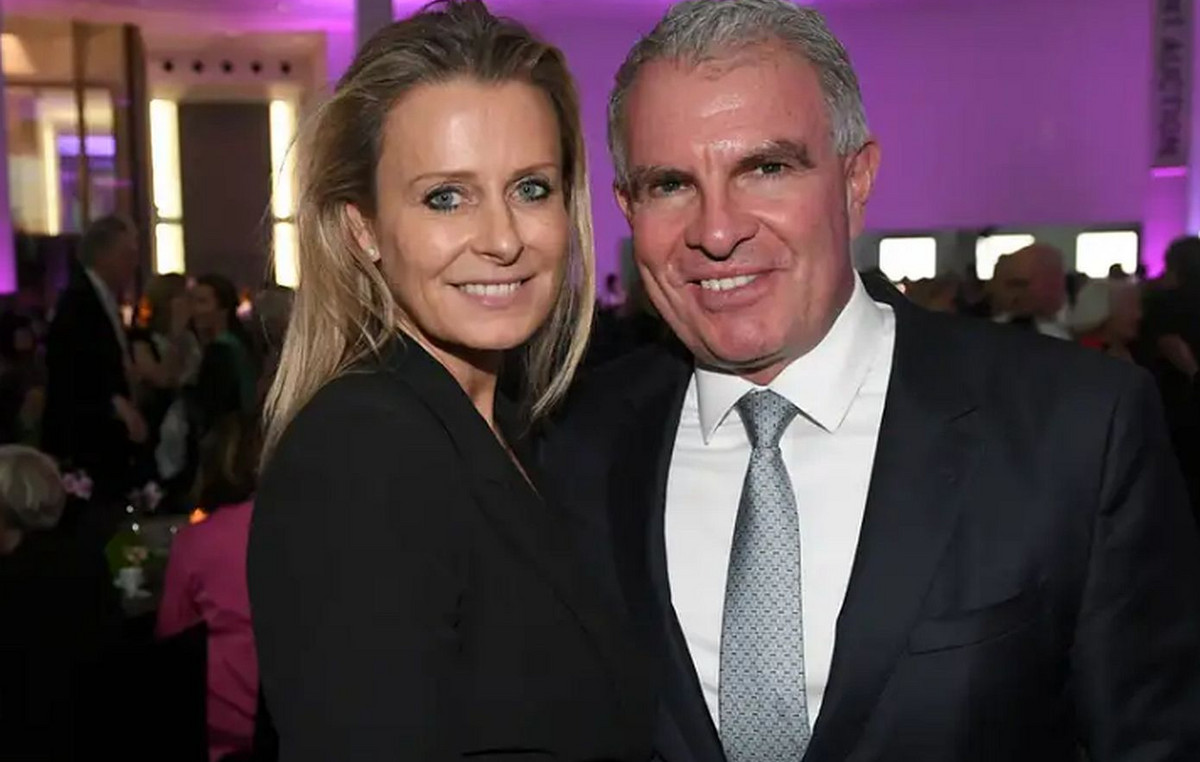Private label products (Private Label – PL) are increasingly expanding their presence in the housewife’s basket, despite the fact that they are more expensive than branded products, but remain cheaper.
With household disposable income squeezed by rising energy costs and inflationary pressures, private label products are becoming more attractive options for consumers looking to save money. In this context, they turn to cheaper product options, which together with promotions and discounts can help them maintain a constant level of “volume” of purchases at a fixed cost.
As Mr. Vangelis Foskolos Senior Consultant of the company IRI Hellas reports to APE-MPE, from the beginning of the year until May, PL products “run” with a growth rate of 9.1% and their share in value reaches 16% when the overall FMCG market shows marginally reduced sales in value of 0.1%. According to him, the momentum presented by private label products is very high in 2022, in contrast to the decline of recent years, gathering the interest of demand from the consumer side. However, their share remains relatively much lower than foreign markets where the PL market is much more mature. The main categories with private label sales growth are still food (legumes, pasta, etc.) and household care products (kitchen paper, cleaning products, etc.). Brands are very strong in laundry detergents.
At the same time, the average price appreciations in the five months, in some branded products exceed 3% and in PL exceed 4%. This, according to Mr. Foskolos, illustrates how the sales mix has changed. “If we were to compare the same products that the consumer was buying three months ago with the prices they have today, we would have significantly higher markups in the product categories. However, as the sales mix has changed, the consumer has shifted to PL and cheaper products so it seems a smaller mark-up across FMCG” he notes and adds: “We see bigger mark-ups in PL products to maintain margins, but it’s on a smaller basis. When the branded product does for example €2.00 with a mark-up of 10% it goes to 2.20 EUR. Accordingly, the price of a PL product from EUR 1.00 will go to EUR 1.10, so it remains much cheaper. This means that there are increases, but on a smaller basis, which makes private label products remain much more profitable “.
Speaking to APE-MPE, he clarifies that despite the fact that PL products increase their price, they do not lose their competitiveness compared to branded products, as they continue to remain cheaper on the supermarket shelf. “In the consumer’s basket, PL increase their presence, as a result of which its value is kept at lower levels and is more economical. At the same time, they become more expensive, in relation to branded products, in order to maintain the profit margins of suppliers and retailers, but remain cheaper and more attractive to consumers”.
Private label products are the attraction
But what are the reasons private label products are garnering demand interest? As Dr. explains to APE-MPE. Lefteris Kioses, general director of IELKA (Consumer Goods Retail Research Institute) “there are several reasons. Certainly the price increases and the reduced disposable income of consumers due to the various increases in energy and fuel play an important role, but also more essential factors such as growing confidence of consumers to supermarket chain brands have created the background for this development.”
The upward trend in demand for private label products, according to Mr. Chiose, is expected to continue as long as economic factors remain unchanged. “After all, this is to a certain extent a ‘correction’ of the Greek market, as the shares of private label products still remain far and below the averages of Western Europe” points out Mr. Kioses.
Focusing on the results of an IELKA survey with a sample of 2,000 consumers from all over Greece, it notes that, compared to 2020, in 2021/22 many more consumers believe that private label products provide better value for money, at a rate of 50% compared to 38% the previous year year. This difference is attributed to the developments that are taking place in the consumer public, their disposable income due to the increase in energy-transportation costs and the revaluation of products.
Given the price increases of several products due to international developments (pandemic, war in Ukraine, etc.) the lower price of private label products becomes more “tempting” for buyers. What’s more, the percentage of consumers who consider private label products cheaper than brand names remains unchanged in 2021 compared to 2020 at 65%, indicating that the consumer’s perception of the comparative price of products has practically not changed. of these, but based on the time evolution of prices, private label products are now better value for money compared to the previous year. The picture is the same in relation to the Greekness of private label products with the percentage of consumers stating that these products are more “Greek” increasing slightly from 47% to 49%.
It is noted that 2019-2020 was a period in which quality criteria dominated public thinking. In particular, in 2019, 37% of buyers stated that they were buying with quality as the main criterion, compared to 31% based on money spent. Two years later, the picture has been reversed with 39% stating that they buy on the basis of monetary expenditure and 29% on the basis of quality criteria.
Now, the shift in the consumer public can also be seen in the sales figures. It is noted that traditionally the share of private label products on sales remains relatively much lower than the markets of Western Europe, with the percentages moving in the last decade in the region of 25%-30% in Greece compared to 40-45% in Western Europe.
Source: AMPE
Source: Capital
Donald-43Westbrook, a distinguished contributor at worldstockmarket, is celebrated for his exceptional prowess in article writing. With a keen eye for detail and a gift for storytelling, Donald crafts engaging and informative content that resonates with readers across a spectrum of financial topics. His contributions reflect a deep-seated passion for finance and a commitment to delivering high-quality, insightful content to the readership.







